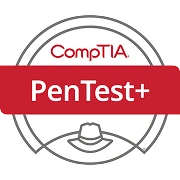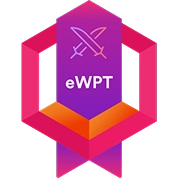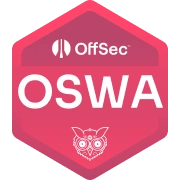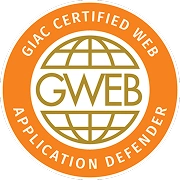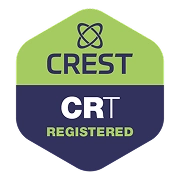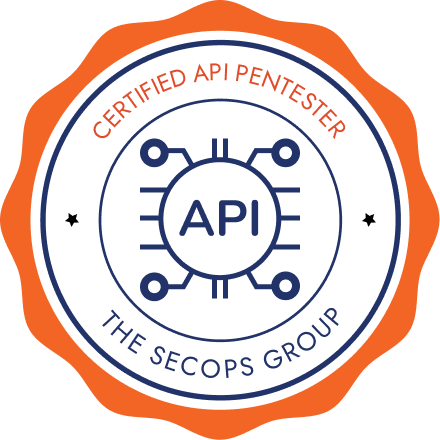
Certified API Pentester
(C-APIPen)
The Certified API Pentester (C-APIPen) exam is an intermediate-level exam designed to test a candidate’s understanding of fundamental API security concepts. Candidates must be able to demonstrate practical knowledge to conduct an API pentest to pass this exam.
- Practical
- 4 Hours
- Online
- On-demand
- Real world pentesting scenarios
£250
Equivalent Industry Certifications*
*Note: We are not affiliated with any of the certifications mentioned here. These are respected industry certifications, and referenced here to show how our Certified API Pentester (C-APIPen) exam’s syllabus/difficulty overlaps with these exams.
If you already hold any of these, you’re likely well-prepared to test your knowledge with our exam. If you’re preparing for one, our exam is a great way to test your progress.
Our Candidates Say it Best
Who should take this exam?
C-APIPen is intended to be taken by pentesters, application security architects, SOC analysts, red and blue team members and any security enthusiasts, who want to evaluate and advance their knowledge.
What is the format of the exam?
C-APIPen is an intense 4 hour long practical exam. It requires candidates to solve a number of challenges, identify and exploit various vulnerabilities and obtain flags. The exam can be taken online, anytime (on-demand) and from anywhere. Candidates will need to connect to the exam VPN server to access the vulnerable applications.
What are the pass criteria for the exam?
The pass criteria are as follows:
- Candidates scoring over 60% marks will be deemed to have successfully passed the exam.
- Candidates scoring over 75% marks will be deemed to have passed with merit.
What is the experience needed to take the exam?
This is an intermediate-level exam. Candidates should have prior knowledge and experience of API pentesting. They should have an understanding of common API security-related topics such as the OWASP Top 10 API Security Risks, commonly identified security misconfigurations, and best security practices. They should be able to demonstrate their practical knowledge of API pentesting by completing a series of tasks on identifying and exploiting vulnerabilities that have been created in the exam environment to mimic real-world scenarios.
Note: As this is an intermediate-level exam, a minimum of two years of professional pentesting/bug-bounty experience is recommended.
What will the candidates get?
On completing the exam, each candidate will receive:
- A certificate with their pass/fail and merit status.
- The certificate will contain a certificate number, which can be used by anyone to validate the certificate.
What is the exam retake policy?
Candidates, who fail the exam, are allowed 1 free exam retake within the exam fees.
What are the benefits of this exam?
The certificate will allow candidates to demonstrate their understanding of API security topics. This will help them to advance in their career.
How long is the certificate valid for?
The certificate does not have an expiration date. However, the passing certificate will mention the details of the exam such as the exam version and the date. As the exam is updated over time, candidates should retake the newer version as per their convenience.
Will you provide any training that can be taken before the exam?
Being an independent certifying authority, we do not provide any training for the exam. Candidates should carefully go over each topic listed in the syllabus and make sure they have adequate understanding, required experience and practical knowledge of these topics. Further, the following independent resources can be utilised to prepare for the exams.
Learning Resources
Exam Syllabus
Using Swagger Files to View and Interact with API Definitions
Import and Manage API Collections in Postman
Identification and Exploitation of OWASP API Security Top 10 Vulnerabilities
XML External Entity Attack
Server Side Template Injection (SSTI)
Server-Side Request Forgery (SSRF)
Injection Attacks
- SQL Injection
- NoSQL Injection
- Code & Command Injection
Authentication Related Vulnerabilities
- Brute force attacks and password spraying
- Password reset attacks
Authorization and Session Management Related Flaws –
- Insecure Direct Object Reference (IDOR)
- Parameter Manipulation attacks
- JWT related attacks


